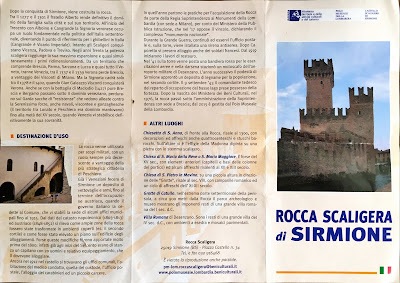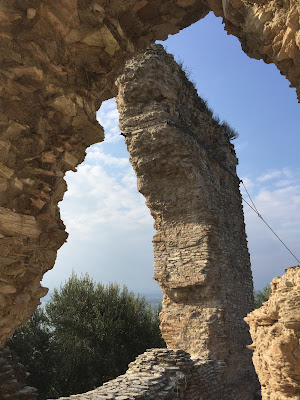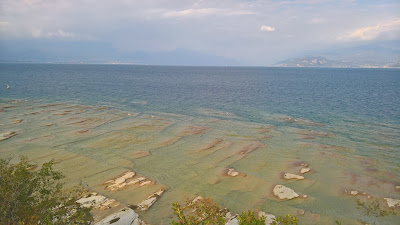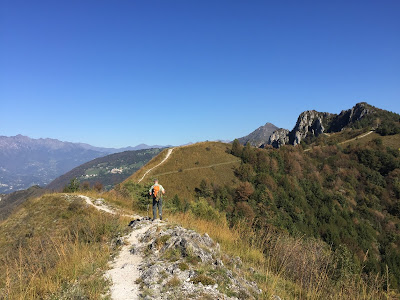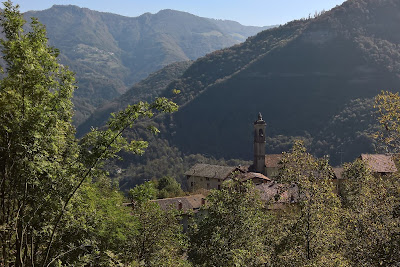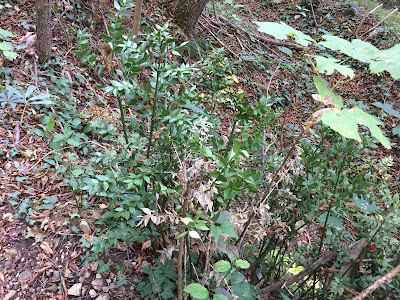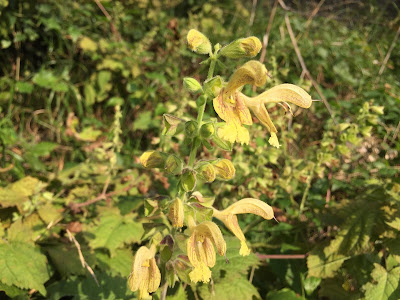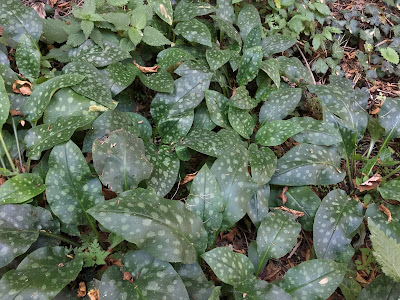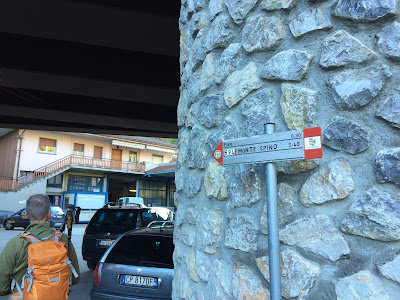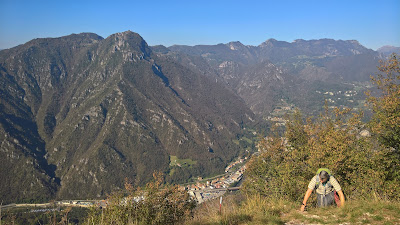previous lesson | this lesson | next lesson
In this installment of street sign language lesion, we visit Crespi D’Adda and Trezzo sull’Adda (for more info see Two Day Trips from Bergamo: Sirmione and Crespi d’Adda) where we encounter signs telling us that we shouldn’t fish in a fish ladder as well as learn where Qui Quo Qua live.
Area cimiteriale sign in Crespi d'Adda.
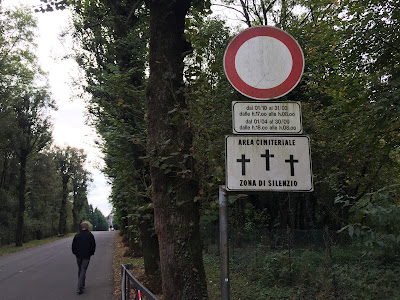
area cimiteriale – zona di silenzio – cemetery – quiet zone
Crespi d’Adda is a factory town southwest of Bergamo, located on the Adda River. The factory is now closed, but during its run from the late 1800's to 2003, the factory owners provided workers with more than just a place to work: they also provided houses, a school, a church, a cemetery and other services you might find in a typical town. The cemetery is located at the south end of town. The sign was posted on the road to the cemetery. Use of area cimiteriale suggests you should be quiet not only inside the cemetery but outside as well.
Sbarramento sign Crespi d'Adda.

sbarramento – barrier
On the street to the Crespi d’Adda cemetery, this sign warns of an upcoming barrier. After certain hours, a gate closes on the road leading to the cemetery. The interesting thing with this sign is that it appears that someone spray painted an “o” over the “a” making it sborramento, which is related to the verb sborrare, the verb to ejaculate. The subtle change gives a whole new meaning to the exclamation point ! in the sign.
ZTC - zona traffico cultrale sign in Crespi d'Adda.

ZTC – zona traffico culturale – cultural zone
This is variation on the common ZTL (zona a traffico limitato) sign you see typically in historic city centers. Here ZTC tells you tongue-in-cheek that you’ll be getting some culture, proceed with caution. And, this ZTC is enforced 24 hours a day! The sign further continues with accesso consentito agli amanit della cultura - access allowed for lovers of culture. We saw this sign at the Crespi d’Adda information center.
Qui Quo Qua houses on Trezzo sull'Adda.

Qui Quo Qua – Huey Dewey Louie
We walked from Crespi d’Adda to Trezzo sull’Adda along the river and took this photo just before reaching the Taccani Hydroelectric plant. The photo is of three little houses. We wondered what or who could they be for? Answer: Qui, Quo, and Qua are what Italians call Huey, Dewey, and Louie, the triplet nephews of Donald Duck (who is called Paperino). These Disney ducks are quite popular in Italy.
Non buttate niente nel canale (Trezzo sull'Adda).

per favore non buttate niente nel canale (grazie) – please don’t throw anything into the canal (thanks)
This canal / lock allows boats to navigate a level change in the Adda River that occurs at the bend in the river where hydraulic power is generated. In Italian, a lock is can be referred to as just canale, or conca idraulica, or conca di navigazione.
Instead of non buttare for single person informal you command, they chose the plural you'all, non buttate. Maybe they are addressing Qui, Quo and Qua.
What keeps me up at night with this sign is how they did it. Did they write it upside down, hanging over the edge? Or did they write it from inside a boat?
Left: No fishing in the fish ladder. Right: Parco Adda Nord - passaggio artificiale per pesci sbarramento (that word again!) Italgen.


divieto assoluto di pesca – absolutely forbidden to fish
Context is important here: this a sign is on the side of a fish ladder on the River Adda. No fishing in the fish ladder or you'll have to answer to Qui, Quo and Qua.
Left: Water cleaning / filtering mechanism at the Taccani Hydroelectric plant. Basically the sign says: don't touch! Right: The Taccani plant.


Non riparare né registrare organi in moto – Do not repair or adjust moving parts
The Centrale idroelettrica Taccani, or Taccani Hydroelectric plant, was built in the late 1800s with the specific visual goal to not contrast with the remains of the Visconteo castle (Castello di Trezzo sull’Adda) that sits above it. This was accomplished by using a type of local conglomerate stone called ceppo dell’Adda to make the plant blend in. The same stone was also used in the castle.
At the water intake points of the plant there are automated mechanisms for removing debris from the water thereby avoiding damage to the turbines. The signs on those mechanisms warn not to attempt to repair or adjust moving parts. The mechanisms start every few minutes, reaching down and scooping up debris from the water and depositing onto a conveyor belt, which transports it away. This type of signage (segnaletica) confuses me: who are the pictographs (pittogrammi) and words (testi) aimed at, me a visitor, a worker at the plant, or both?





